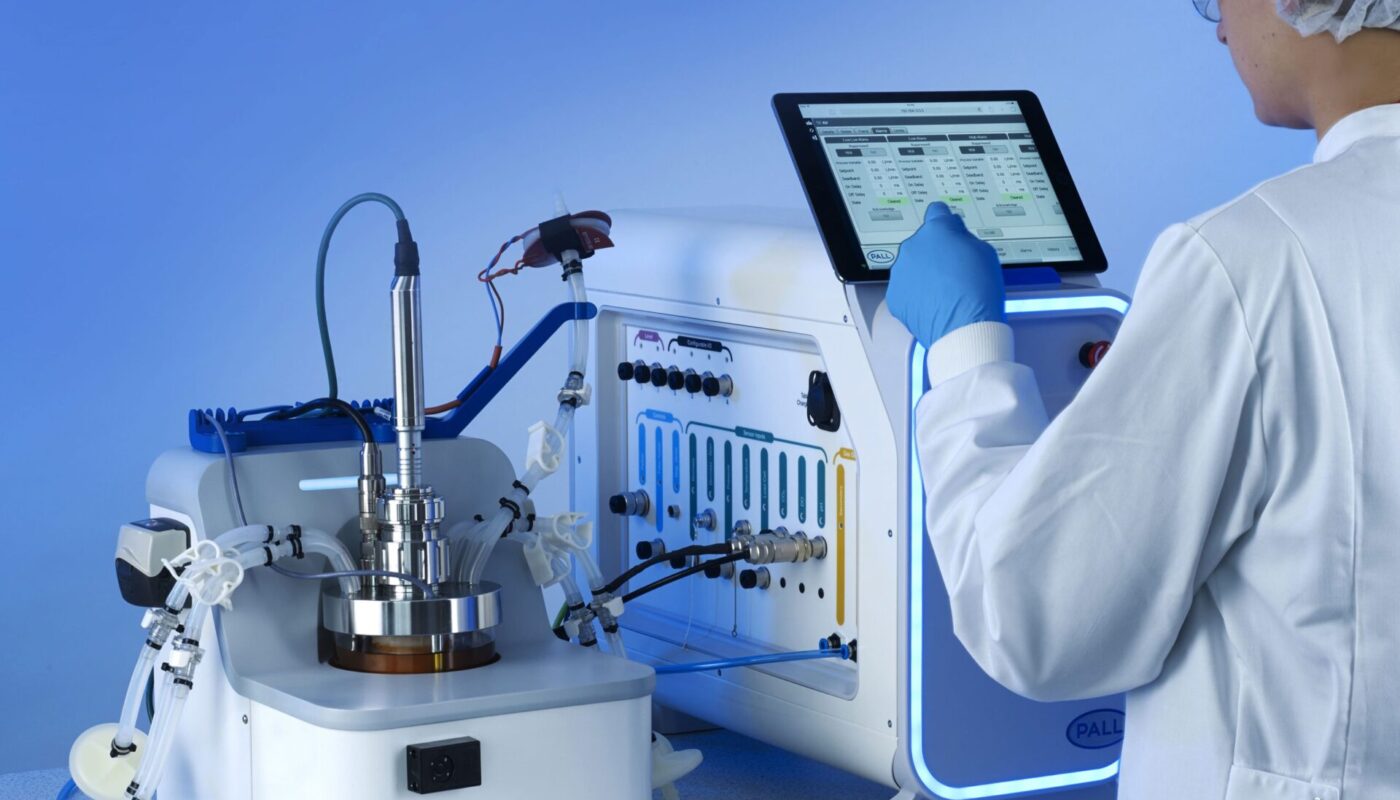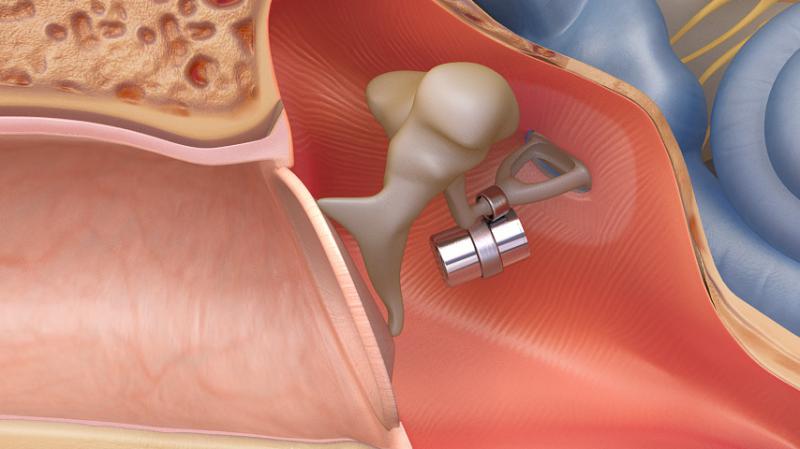Electroporation, also called electropermeabilization, is a phenomenon in which short electrical pulses create temporary pores in a cell membrane, through which substances like drugs, genes or other molecules can be introduced into the cell. This process is used extensively in research, medicine, biotechnology and genetic engineering. Specialized instruments known as electroporators or gene pulsers are used to perform electroporation. This article discusses the working and various types of electroporation instruments used in laboratories worldwide.
Types of Electroporation Instruments
Based on their usage and functionality, electroporation instruments can be classified into the following main categories:
Cuvette-based Electroporators
Cuvette electroporators are among the most commonly used types of electroporation instruments. They utilize cuvette chambers made of conductive materials like electrode-coated glass or plastic to hold cell suspension samples. Samples are placed between electrode plates inside the cuvette and pulsed electric fields are applied across the electrodes to permeabilize the cells. Cuvette electroporators can process multiple samples of cells in suspension simultaneously in multi-well formats. They are suitable for experiments involving microbial cells, yeast, plant protoplasts and suspension culture cells.
Slide-based Electroporators
Slide electroporators are designed for experiments involving adherent mammalian cells growing as a monolayer on slides or multi-well plates. They use specialized cuvette-like chambers where slides coated with cells can be placed between electrode plates in contact with a conductive buffers or medium. Pulses are applied to temporarily permeabilize the cell membranes. These instruments are useful when electroporating adherent cells in culture for applications like transfection.
Capacitor Discharge Devices
Some Electroporation Instruments function based on discharging high voltage capacitors through the sample between electrode plates. They deliver high voltage pulsed electric fields in the range of 1000-3000 V/cm with pulse durations less than 10 milliseconds. Capacitor discharge devices are capable of achieving high transfection efficiencies for applications like transfection of difficult-to-transfect cell lines and primary cells, gene electrotransfer in vivo and bacterial transformation.
DNA Delivery Systems
Some specialized types of electroporation instruments are designed for in vivo gene delivery applications like plasmid DNA delivery for disease modeling, DNA vaccination and cancer gene therapy. These systems typically comprise electrode arrays, foot plates or probes equipped with contact electrodes along with a pulse generator unit for controlled electroporation of tissues, organs or entire animals. Parameters like number of pulses, amplitude, duration and repetition rate can be adjusted as per experimental needs.
Microelectroporation Systems
Recent innovations involve development of miniaturized electroporation systems integrated with microfluidics for performing high-throughput electroporation of microscopic samples. Microelectroporation chips containing micro fabricated electrode arrays permit delivery of molecules into adherent or suspension cells present in microliter volumes or picoliter droplets on the chip. These are useful for applications like single cell electroporation and analysis.
Working Mechanism
All electroporation instruments function on the principle of subjecting permeabilized cell membranes to controlled pulsed electric fields. To perform electroporation, samples containing cells in appropriate buffers or media are placed between electrode plates connected to a pulse generator unit. Under the influence of applied high voltage electric pulses of milliseconds duration, the transmembrane potential of cells is increased, which causes the formation of transient nanoscale pores in the lipid bilayer membrane. These transient pores allow the influx of normally non-permeable molecules present in the external medium into the cell cytosol. After the electric pulses are switched off, the pores reseal rendering the cells viable again. By controlling pulse parameters, the electroporation process can be optimized for specific applications.
Applications
Electroporation using specialized instruments has widespread applications in areas like genetic engineering, biomedicine and cell biology research. Some key applications include –
– Transformation of bacterial, yeast and mammalian cells for recombinant DNA studies
– Transfection of cells for functional genomic and proteomic studies involving siRNA, plasmids, proteins etc.
– In vivo gene transfer techniques like DNA vaccination, cancer gene therapy and gene editing
– Cell fusion, hybridoma generation, protoplast fusion for crop improvement
– Delivery of cytotoxic drugs, bleomycin, antibodies etc. into tumor cells for cancer therapy
– Single cell electroporation for analysis of response at single cell level
– Extraction of analytes from cells for metabolomics studies
– Molecular delivery across tough biological barriers like blood brain barrier
With constant advancements, electroporation instruments are providing efficient tools for genomic research, biomanufacturing and clinical applications. Proper understanding and optimization of instrument parameters remains important for achieving successful experimental outcomes.
Electroporation instruments are valuable enabling technologies powering key applications in diverse fields. Specialized electroporators optimized for different cell and sample types are commercially available. Continued innovations facilitating high throughput, automation, portability and miniaturization are expected to further broaden the applications of electroporation in biomedicine, biotechnology and synthetic biology. With their cell-friendly mechanism, electroporation instruments will continue serving as indispensable tools for genomic investigations and molecular delivery for years to come.
*Note:
1. Source: Coherent Market Insights, Public sources, Desk research
2. We have leveraged AI tools to mine information and compile it




